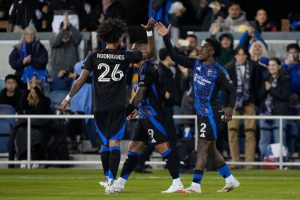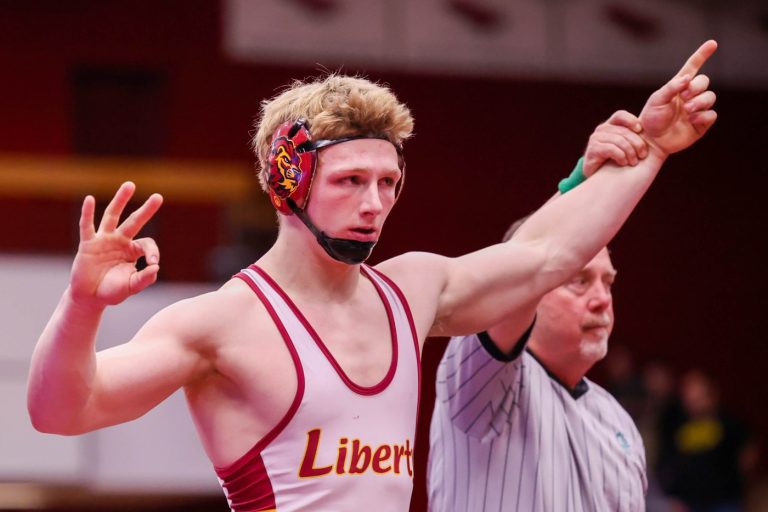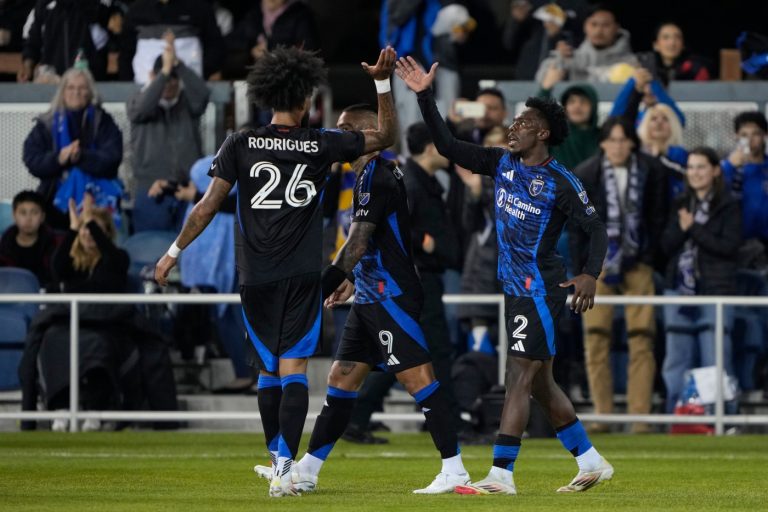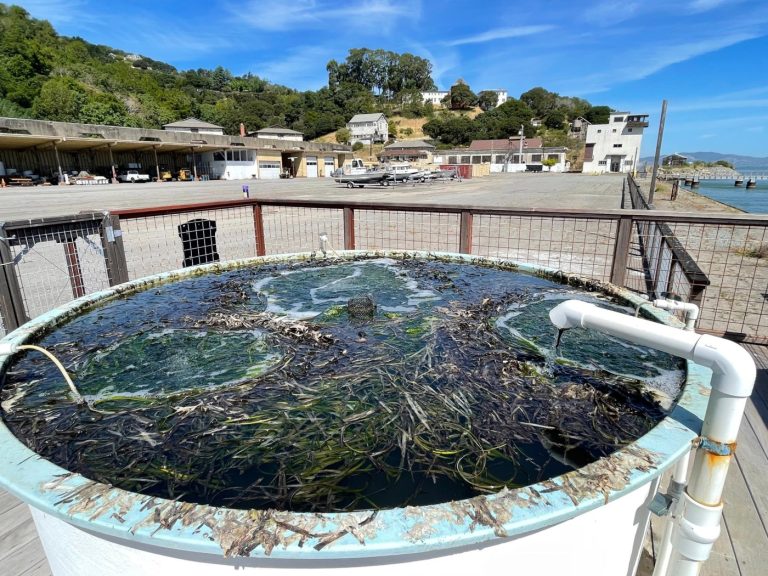When it comes to nurturing extraordinary, unmistakable voices, the Bay Area’s track record is enduring and unimpeachable.
There’s no single explanation for the glorious profusion of singers who’ve grown up here or gravitated to the region, though it’s been a magnet for ambitious dreamers, seekers, misfits and the creatively inclined since the discovery of gold. The powerful lure of opportunity and discerning audiences have maintained a steady pull for at least a century, but so has the promise of artistic freedom, particularly compared to the grind of the star-making machinery that governs Los Angeles.
As a cradle for nurturing talent, a proving ground for rising stars and a destination for established masters, the Bay Area also provides abundant natural beauty for inspiration. Tony Bennett’s heart-on-his-sleeve crooning about the charms of San Francisco made him one of the city’s most beloved adopted sons, but it’s fellow 1950s romantic, Johnny Mathis, who embodies the Bay Area’s embrace of vocalists who break the mold.
American singer Johnny Mathis (centre) at a music studio with Cuban percussionist Cándido Camero (1921 – 2020, left), circa 1957. They are at a session with drummer Art Blakey and singer Tony Bennett. (Photo by Hulton Archive/Getty Images)
Though he was born in Texas, Mathis grew up in San Francisco’s Richmond District, where his father, a former vaudevillian, recognized his talent early on, encouraging him to study piano and perform hits of the day. Coming of age in the late 1940s, Mathis fell under the sway of the era’s consummate pop vocalists, particularly Lena Horne, Nat “King” Cole and Bing Crosby, all artists who used their foundation in jazz to interpret a rainbow spectrum of styles.
Mathis hasn’t been much of a presence in 21st century popular culture, so it can be easy to forget what a Billboard titan he was in the 20th, ranking as the century’s third best-selling artist with an astounding 360 million records purchased worldwide. And he’s still making audiences swoon at the age of 88, with concert dates around the country booked through the fall (next up in California: June 22 at the Pechanga Resort Casino in Temecula).
Singer Johnny Mathis performs at the Society of Singers’ 16th ELLA Award on Sept. 10, 2007 in Los Angeles, California. (Photo by Alberto E. Rodriguez/ Getty Images)
Although often pegged as a romantic crooner, Mathis has never limited himself to the lushly orchestrated ballads that made him a star, like “Chances Are” and “Wild Is the Wind.” He was game for just about anything, recording bossa novas and boleros, soul, R&B, blues and country tunes, sounding comfortably himself in each idiom.
Stylistic diversity was also a hallmark of the Pointer Sisters, the iconic Bay Area vocalists who emerged from Oakland’s thrumming late 1960s music scene. The version of the group that first hit the charts included all four Pointers: June, Bonnie, Anita, and Ruth. Forged in the Black church scene, their gospel-infused vocals drew on their Oakland roots while absorbing grooves and instrumentation from experimental-minded artists like Stevie Wonder, Kraftwerk and Herbie Hancock (whose seminal 1973 album “Head Hunters” was inspired by East Bay funk).
Little Richard, with the Pointer Sisters, leads an all-star group at the taping of “American Bandstand’s 50th…A Celebration” at the Pasadena Civic Auditorium in Pasadena, Ca. Sunday, April 21, 2002. Photo by Kevin Winter/ImageDirect.
The tight sister harmonies put a Pointer stamp on just about any kind of arrangement, and they explored everything from R&B, pop, and bebop to electronic music, funk, disco, soul and rock. At a moment when Beyoncé has shaken up Nashville with her single “Texas Hold ‘Em,” remember that the Pointer Sisters won a best country vocal performance Grammy award in 1975 for the song “Fairytale.”
The sisters were just getting started, though Bonnie decided to try her luck as a solo act in 1977. Working as a trio, the Pointers went on to win two more Grammys while scoring a series of top 10 hits, including “Automatic,” “Jump (For My Love),” “Fire,” “He’s So Shy” and “Slow Hand.” At a time when radio formats, nightclubs and the emergent MTV siloed Black acts into specific genres or ignored them altogether, the Pointer Sisters refused to limit themselves, claiming their full creative potential with each new stylistic venture. Audiences can be fickle, but the Pointer’s hometown following stuck close, continuing to embrace the local-girls-made-good through every innovation.
Ruth Pointer of The Pointer Sisters performs at City Of Hope Honors Halston CEO Ben Malka With Spirit Of Life Award at Exchange LA on Oct. 10, 2012 in Los Angeles, California. (Photo by Michael Kovac/Getty Images for City of Hope)
The Bay Area can’t take credit for the eclectic streak that has run through the remarkable career of Frederica von Stade, but the legendary mezzo-soprano has also found plenty of support here for her musical curiosity. By the time she moved to Alameda in the early 1990s for her second marriage, she was already a revered and beloved figure in the world of opera and concert music, known for ravishing renditions of Mozart and Mahler and her Francophone favorites, Berlioz, Debussy, Ravel and Canteloube. But she ranged far beyond the bel canto canon, including songs from around the world in her repertoire, as well as from contemporary composers like San Francisco’s Jake Heggie, for whom she’s served as a muse.
Michael Tilson Thomas and Frederica von Stade perform during filmmaker George Lucas’s open house for his new Letterman Digital Arts Center on June 25, 2005 in San Francisco, California. (Photo by David Paul Morris/Getty Images)
Inducted into the Opera Hall of Fame in January, she’s an anti-diva and a perfect fit for the region. Witty, urbane and utterly unpretentious, von Stade introduces herself as Flicka while often noting the name came from her father’s favorite polo pony (though he – her father – died before she was born). Largely retired from concertizing since 2011, von Stade is committed to music education, organizing and underwriting choral groups in East Bay schools that lack robust music programs. At the height of the pandemic in 2020, inspired by her experience working with the Dallas Street Choir, she launched the People’s Choir of Oakland for unhoused or formerly unhoused singers.
If von Stade’s spirit and voice soars to the heavens, the Bay Area has also produced singers weaned on gravel, mud and fire water. Though the only Delta that El Cerrito’s John Fogerty got close to while growing up was near Sacramento, his gritty vocals seem to be hewn from the banks of the Mississippi River. He wasn’t born or raised on the bayou, but his swampy soul came out in every syllable and stinging lick as the lead vocalist, lead guitarist and primary songwriter for Creedence Clearwater Revival.
American rock band Creedence Clearwater Revival, UK, 7th April 1970; they are John Fogerty, Tom Fogerty, Stu Cook, and Doug Clifford. (Photo by Evening Standard/Hulton Archive/Getty Images)
US musician of Creedence Clearwater Revival John Fogerty plays guitar during a concert at The Ziggo Dome in Amsterdam on June 28, 2017. / AFP PHOTO / ANP / Paul Bergen / Netherlands OUT (Photo credit should read PAUL BERGEN/AFP via Getty Images)
Rather than pursuing a variety of styles and approaches, he built on the ferocious energy of rockabilly and the compressed, portentous narratives of Delta blues to create his own indelible sound. During an extraordinary run from 1969 to ’71, Fogerty recorded a revelatory body of songs that stood in stark contrast to the Bay Area’s prevailing ethos exemplified by the Grateful Dead’s extended jams.
While many other acts recorded Creedence songs, Fogerty’s high, clear, muscular tenor, full of righteous rage, dark prophecy and barely contained panic, defined 14 consecutive Top 10 singles and five consecutive Top 10 albums. He’s still on the road at 78, belting out timeless Credence hits like “Bad Moon Rising,” “Fortunate Son” and “Run Through the Jungle” sounding mostly untouched by time.
When it comes to defying the calendar, no Bay Area vocalist seems to have struck a better Luciferian bargain than jazz great Mary Stallings. A San Francisco native who came of age during the nightclub glory years of the late 1950s, she was still a teenager when she started performing with established stars such as Louis Jordan, Ben Webster and Teddy Edwards. Though she made her first jazz album in 1961 at the age of 22 (the impressively poised “Cal Tjader Plays/Mary Stallings Sings”), her recording career didn’t take off until well into middle age.
Mary Stallings performs every month at San Francisco’s Keys Jazz Bistro. Courtesy of Mary Stallings
At 84, she’s among the best jazz vocalists in the world, performing monthly at Keys Jazz Bistro in North Beach, singing in a venue formerly occupied by the storied El Matador, where Stallings performed six decades ago. The experience has to be uncanny, but Stallings is entirely in the moment, working out arrangements with her musicians on the bandstand, interpreting lyrics with sly understatement. The only precedent for a world-class jazz vocalist sounding this good as an octogenarian is the late Ernestine Anderson.
Related Articles
Bay Area fan accumulates epic collection of rock music memorabilia
Bobby McFerrin’s Circlesongs: “Every voice has a place”
Humanity’s soundtrack: How music has influenced society and what it means to be human
San Jose’s Los Tigres del Norte still going strong after more than 50 years
Doobie Brothers star goes from San Jose State to Rock & Roll Hall of Fame
Part of what makes Stallings’ voice so rich is that she carries traces gleaned from some of jazz’s most consequential artists. She didn’t record again for decades after her project with vibraphonist Tjader, but Stallings stayed busy through the 1960s, performing with jazz giants such as piano maestro Earl “Fatha” Hines, alto sax star Cannonball Adderley and the Montgomery Brothers, featuring the Indianapolis siblings Wes on guitar, Buddy on piano and vibes and Monk on electric bass.
Stallings caught the attention of Dizzy Gillespie during a gig at San Francisco’s Black Hawk, launching a musical relationship that led to several West Coast tours and a heralded performance with the trumpeter at the 1965 Monterey Jazz Festival. As jazz work dwindled toward the end of the decade, she performed for a year in Nevada with Billy Eckstine. And from 1969 to 1972 she toured internationally with the Count Basie Orchestra, though she never got into the studio with the band (although she does appear on several tracks on “Good Time Blues,” a live album recorded in Budapest in 1970 and released on Pablo in 2004).
From jazz spots to the opera house, from dance halls to rock clubs, the Bay Area has nurtured and welcomed unforgettable voices that continue to inspire and move listeners. Uncontained by any particular tradition, sound or style, these singers contain multitudes, embodying the diversity that makes life in the Bay resound to its own magnificent frequency.









